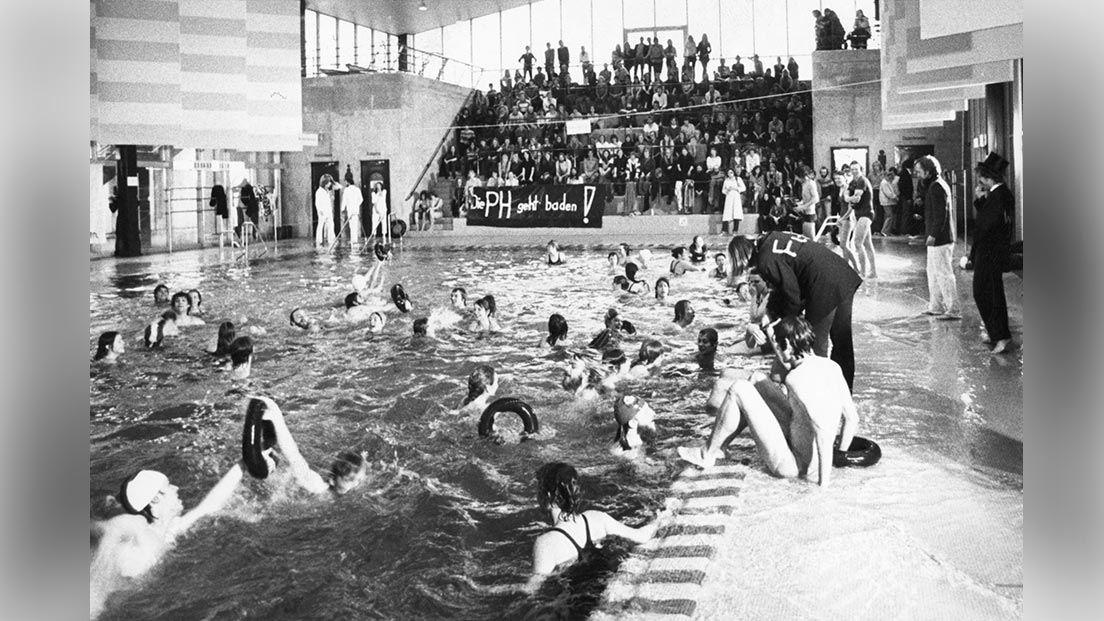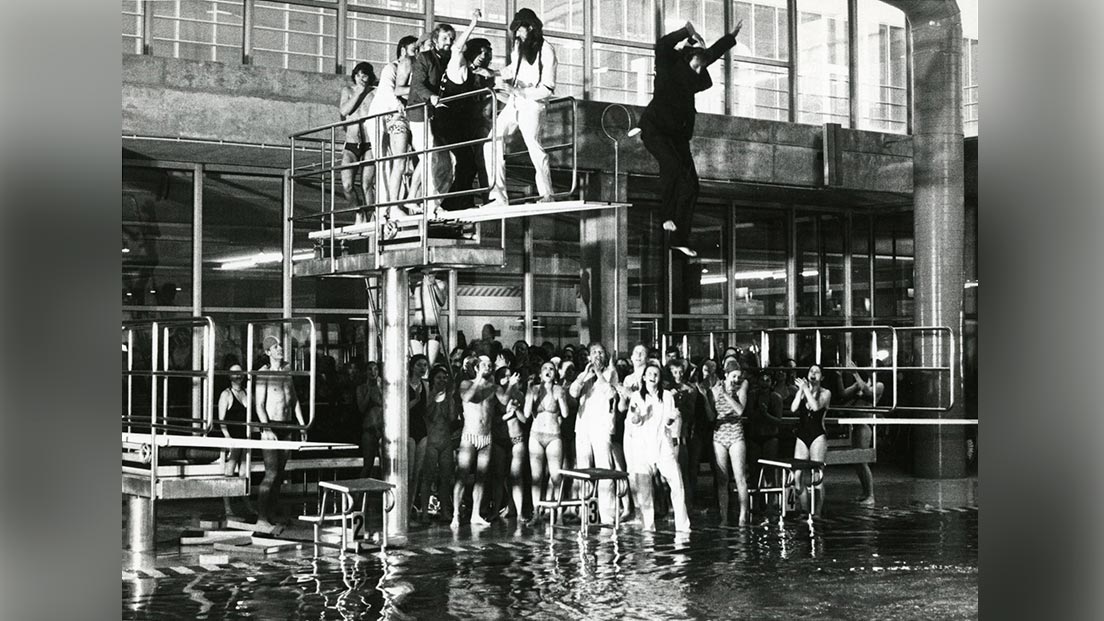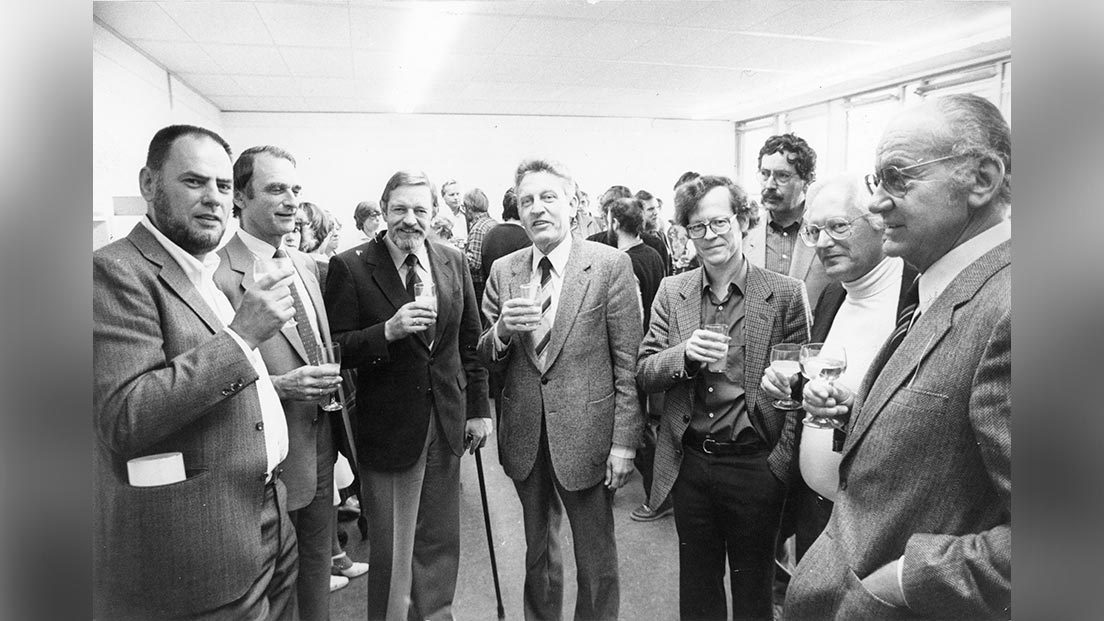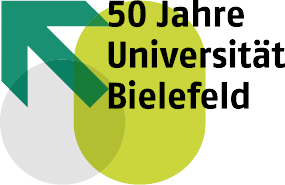–
Source: Universitätsarchiv Bielefeld, FS 24
In 1980, integration formally ended a process which had begun in 1978 and had tied up enormous resources at both the teacher training college (PH) and the University. The PH, in particular had reservations about the amalgamation. One the one hand, sceptics at the PH acknowledged that integration brought about a necessary reorganisation of teacher training and an adaption to the requirements of the present. But on the other hand, they feared that the amalgamation was primarily meant to save costs and would be detrimental to the concerns of teaching methodology and teacher training in primary schools, which would be neglected in a university organised in scientific disciplines and oriented toward research.
But critical voices could also be heard at the University, warning of battles over the allocation of resources and a watering-down of the academic remit. In retrospect, however, Erich-Christian Schroeder, Rektor of the PH until integration and then Vice-Rector for Teaching at the University, described the amalgamation in Bielefeld as successful, in contrast to other university locations. He regards the establishment of then unique Centre for Teaching (ZfL, now BiSEd) as an important factor in this. The comparatively small University, which had yet to complete its own structural development, changed considerably because of the integration: the University grew, and after 2,100 students had transferred there from the PH –in addition to 148 researchers (56 of whom were professors) and 78 non-academic staff –it exceeded the originally defined maximum number of students of 10,000. The University became more colourful, not just through the students at the new “Heaven and Earth” faculty (officially: Faculty of Theology, Geography, Art and Music), which contributed an artistic and musical component to the University.
„The PH goes belly-up“
While the merger was being decided by the regional state’s parliament in Düsseldorf on 23 January 1980, students and teachers of the PH staged the “Fairy tale of PH integration”(the German word for “fairy tale” has the alternative meaning as a synonym for ‘lie’) in the University swimming pool under the slogan “Die PH geht baden” (“The PH goes belly-up”). The performance targeted education policy in general and the “PH dissolution” in particular. In a dramatised fight for student places, represented by rubber rings thrown into the pool by the “finance minister”, a number of students remain empty-handed in the water, while the decision to cut teaching education by 50%, taken by “ministers” dressed in black suits leads to more students in the increasingly crowded pool. A diver, who searches for the much quoted “flood of teachers” (“Lehrerschwemme”), emerges with just blackboard sponges (“Tafelschwämme”), a play on the similar sound of the words “Schwemme” (flood) and “Schwämme” (sponges). Subsequently, the ministers throw “reform elements” from the three-meter board and push protesting students into the water, amid boos from the others. The ministers are supported by a masked figure, easily recognisable as an intelligence officer, who jumps around the pool observing and photographing the students. (In the 1970s, teachers who sympathised with left-wing radicalism risked being banned from teaching.) By the end of the “fairy tale” the tables have turned: the previously dry ministers –one of them suddenly appears in a dunce hat– and the intelligence officer are thrown into the water by the students. Meanwhile, the “elements” of qualified teacher training and sufficient study places are pulled out of the water again.




